Although my Pathfinder Adventure Card Game group is probably a couple months away from finishing Skull & Shackles, I could help sneaking a peek at the next base set, Wrath of the Righteous, to see what we’ve got in store. So I opened up my copy, unwrapped all the cards, and flipped through the rulebook to find out what’s new this time. (If you like surprises, then just stop here and wait until you open your own copy!)
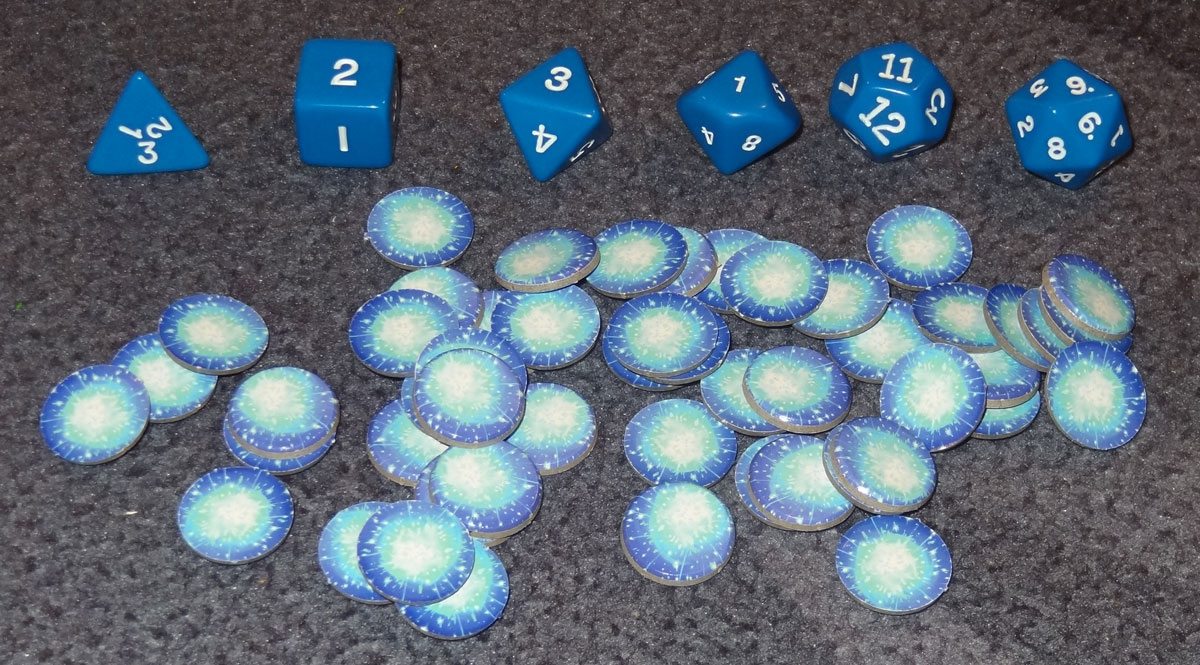
The first thing I noticed: d20s! Yep, this set includes a 20-sided die, though it took me a little while to find out how you’d get to use it. More on that in a bit.
First, here’s the story: the Worldwound is a broken land–monsters enter through the rift and the followers of Iomedae haven’t been able to cleanse the land of these demons. Queen Galfrey has put out the call for heroes who can enter the Worldwound and seal it off forever.
The basic structure of the game is still the same as the original, but there are a few significant additions, largely in the addition of some new types of support cards: cohorts, mythic paths, and redemption.

Cohorts are companions that start the scenario with you. Two characters in the base set and two characters in the Character Add-On Deck have cohorts that belong to them specifically; for instance, Alain the Cavalier has his steed Donahan. If your character card has a cohort listed on it, then after you draw your starting hand, you add the cohort–but if you’re ever forced to banish it, it’s removed from the game, because it’s a unique character and can’t be replaced.

There are some additional cohorts included in the base set, and these are tied to specific scenarios. If the scenario card lists any cohorts, then after players draw up their starting hands, each character may add one of the listed cohorts to their hand.
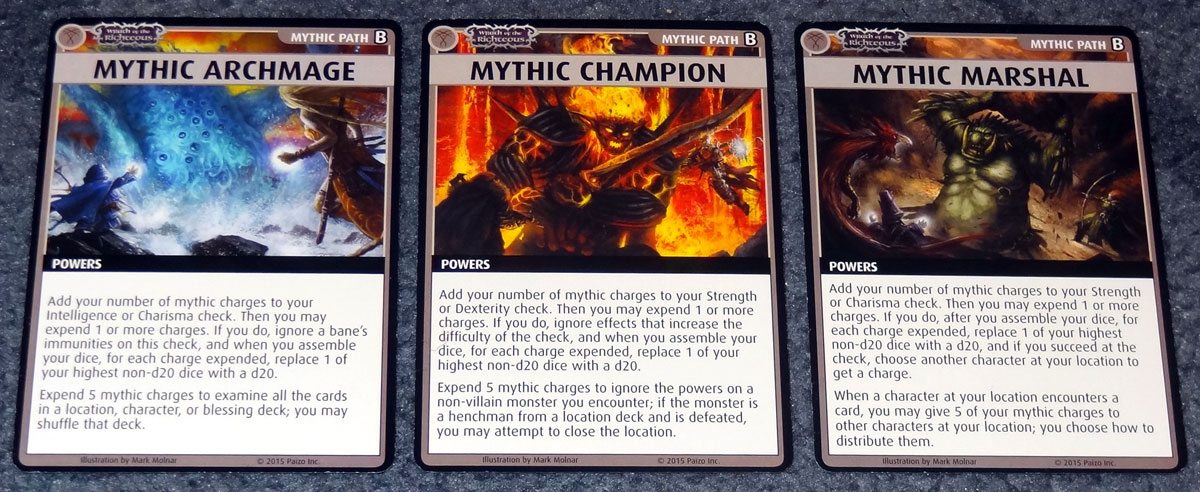
Mythic paths are added to your character, and help define your role. There are a couple to choose from, and they give you bonuses on certain types of checks–including the aforementioned d20s. After you finish the base adventure path, each character gets to choose a mythic path. Like the role cards, once you choose your path, it’s permanent. Each path also has an ability to spend 5 mythic charges for a very powerful ability.
You start the scenario with some mythic charges (little cardboard punch-out tokens) equal to the adventure deck number. Whenever you defeat a bane with the “Mythic” trait, you get a charge, and the charges can be spent for more powers. However, you’re limited in how many charges you can carry by the adventure deck number, so at the end of your turn you must discard down.

The Redemption card is tied to corrupted cards. There are various weapons, items, and armors in Wrath of the Righteous that have the “Corrupted” trait, and the Redemption card is just a list of these with checkboxes. Some card effects will let you redeem a corrupted card–in that case, you check off the card on the Redemption card, and it no longer has the “Corrupted” trait for the rest of the adventure path.
Corrupted cards have negative effects if they haven’t been redeemed. For instance, the Corroded Helm cannot be played unless you bury a random card from your discard pile, and the Monkey’s Paw forces you to bury a card if you fail to acquire it.

There are some new blessings, plus many familiar blessings. One thing I noticed was that the blessings that have been in previous sets have gotten new artwork. There’s a mythic blessing that lets you acquire it automatically if you have any mythic charges. There are also some corrupt blessings–if the top card of the blessings deck is corrupted, then you have to discard another card after you play it. (Corrupted blessings can’t be redeemed!)

Finally, there are the Servitor Demons, listed on the back of the Redemption card. Some cards (like locations) will tell you to summon the adventure’s servitor demon. To make these henchmen scale up in difficulty, each adventure deck has its own servitor demon henchman, and when you’re directed to encounter one, you refer to the table to find out which one to encounter. It’s a way to mix things up more than just “the difficulty to defeat is increased by the adventure deck number.”
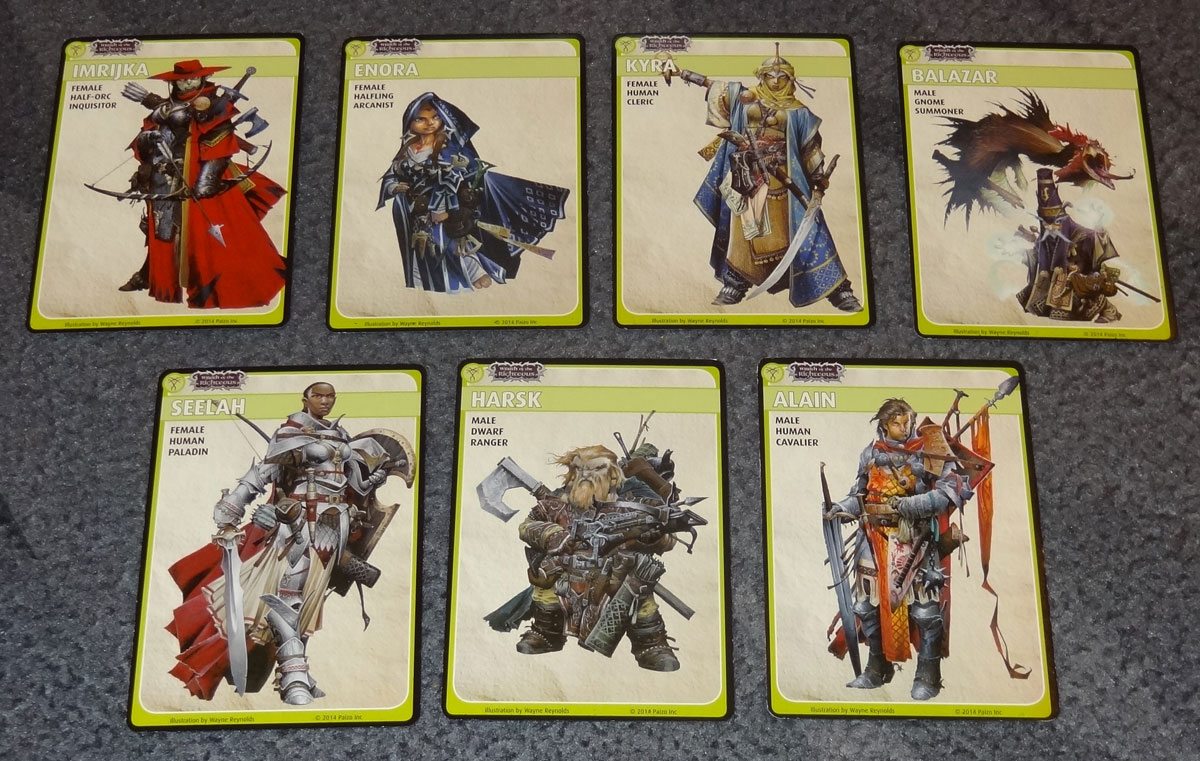
There are a couple of familiar faces in the base set and Character Add-On Deck: Kyra, Seelah, Harsk, and Seoni. But most of the others are different, at least from those available in the base sets and Character Add-On Decks, and there are a couple of classes that the previous sets haven’t had. (I haven’t gone through all of the Class Decks to know which characters and classes are available there.) Here are the characters in the base set:
- Imrijka: female half-orc inquisitor
- Enora: female halfling arcanist
- Kyra: female human cleric
- Balazar: male gnome summoner
- Seelah: female human paladin
- Harsk: male dwarf ranger
- Alain: male human cavalier

And from the Character Add-On Deck:
- Adowyn: female human hunter
- Crowe: male human bloodrager
- Seoni: female human sorcerer
- Shardra: female dwarf shaman
So, there you have it!
I’m really looking forward to Wrath of the Righteous–but of course we’ve still got plenty of pirates and sharks to encounter first.
Disclosure: I received a review copy of the base set; the Character Add-On Deck was my own purchase.

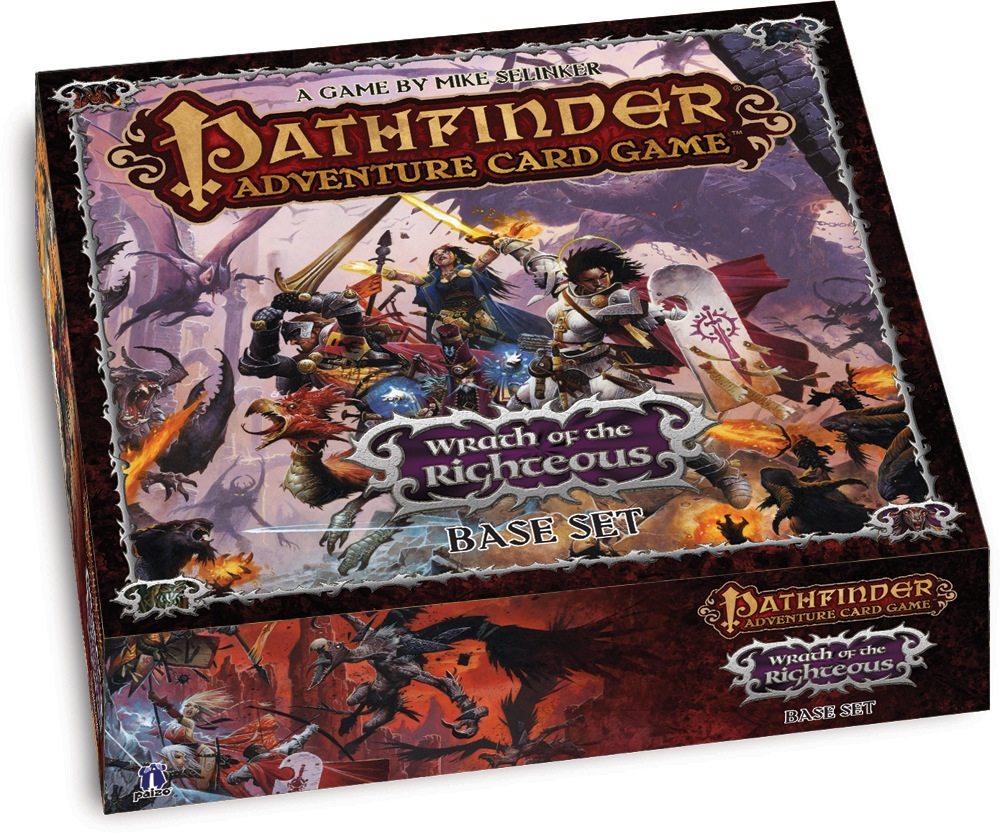

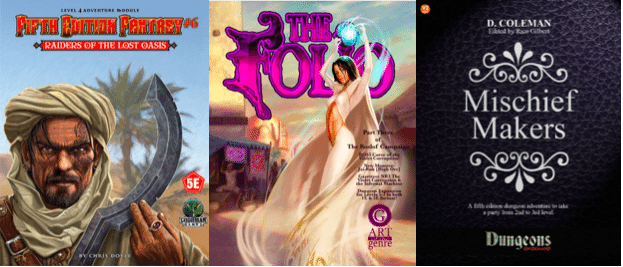
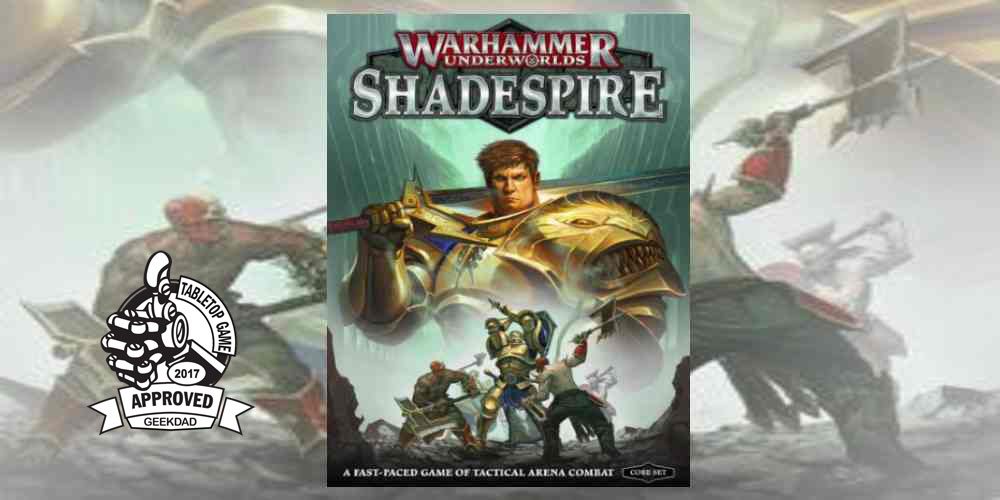
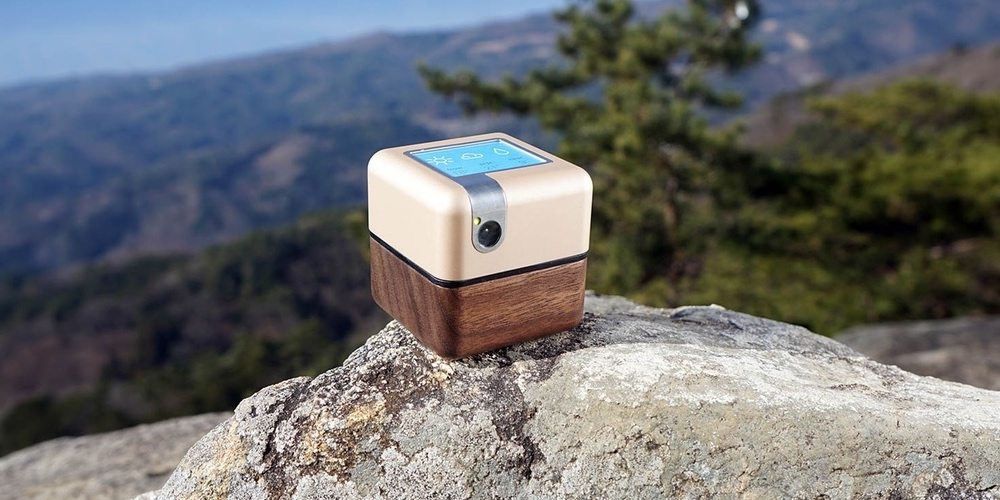
Hey dude – great review!!! I’ve been reading your reviews for a little while and I love your thoughts, especially on WoTR. My brother bought/played through all of PF’s Runelords B-6, and we liked it a lot.
Random question for you — so Mike Selinker (creator) released a thing saying that fans could keep using their Runelords characters (an “unofficial adventure 7, 8, 9”) by playing through WRATH OF THE RIGHTEOUS 4, 5, 6.
My brother and I bought those 3, but we now found out we don’t have all of the locations we need in order to play.
Is there any way you could email me pictures of the locations to WoTR B, 1, 2, & 3? (or just whatever you currently have) We really want to play through these 3 we bought.
Thanks so much if you could help!! And thanks for always having great reviews!!
Do the cards in your hand in this game represent his life? So does the character start with the same 15 cards he will ever have(not counting gaining a card that builds you back up–like a heal spell)????????
I really want this but it is rumored to be very hard. I don’t care—–I will love it anyway.
Not exactly: You start with the 15 cards, but as you play, you will gain new cards, and at the end of each scenario, you reset your deck but can swap out better cards for your starting cards. Each character has a list of card types, so you might have 3 weapons and 2 spells, and you just need to make sure your deck matches those requirements.
As your character levels up, you’ll start to increase those limits, too, so a fighter may end up with even more weapons, a wizard will have more spells, and so on, so you’ll start later scenarios with a bigger deck.
And, yes, there are cards that will let you put cards back into your deck to help you heal, but there are also effects that can banish cards, putting them back into the game box so you don’t get them back.
It can be a difficult game for sure, but I’ve played through all of the Pathfinder base sets and have really enjoyed them.